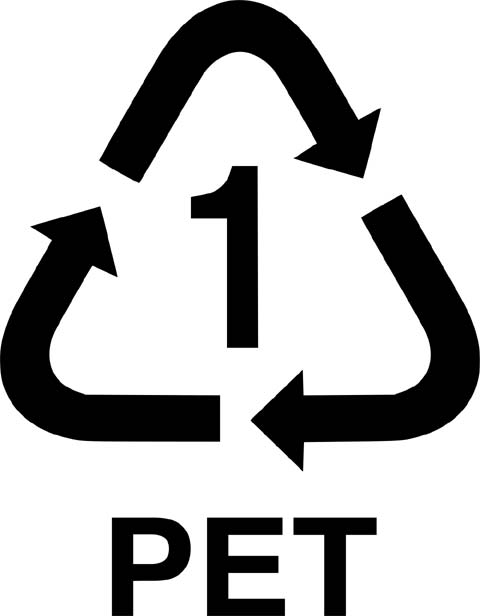I'm not sure what you consider "high tech," but what you outlined is insufficient treatment for river/surface water in America, where the biggest problem is chemical industrial and agricultural pollution. Boiling will kill disease organisms (although not necessarily remove the toxins some can put into the water) but those are the least of your worries if you want to drink the Missouri.
You need something that removes chemical contaminants from the water--activated charcoal and similar. Distilling water to remove salt or such can be done by just boiling and condensing. Distilling water to remove volatile organic compounds requires precise temperature control you're not going to be able to achieve with a pot on the stove, let alone a pot over a wood fire or a can of Sterno. In my book, fractional distillation is quite high tech.
As another old lady in an apartment, I recommend you investigate a gravity-feed urn or bucket system with good ceramic candles or similar filters tested to remove a full range of contaminants. If you have to resort to river water, which is very much a last resort with most rivers near urban areas these days, you can cloth filter the flotsam and jetsam, run through the ceramic and activated carbon filter to remove contaminants, and then boil/treat with chlorine to kill any possible viruses the filter couldn't deal with. There's essentially only one way to purify water--clean up trash/turbidity by removing large particles that interfere with further treatment/clog filters, remove chemical contaminants, and remove biologic contaminants. Removing biologic contaminants can be done with simple home means. Removing chemical contaminants is another whole kettle of fish. Fortunately, filters are sold to handle chemical removal that last for many hundreds of gallons and keep on the shelf until needed. Any 76-year-old grandma can buy herself a gravity filtration system if she isn't up to drilling a few plastic buckets herself, and a wheelchair-bound 96-year-old could manage to pour some quarts of water into one. Plan ahead, get an urn system/couple of buckets, stock up on high-tech filters, and make your life both simple and safe if you need to treat water in future to make it potable.
The only possible reason for farting around with half-assed make-do chemical removal contraptions is failure to plan/having survived so far past TEOTWAWKI that nothing else is left. If you make it that far, you can start charring collected bones and planting fields of cilantro in the abandoned empty lots. Until then, just buy yourself a decent gravity filtration setup. A soda-bottle's worth of sand and cotton balls isn't going to keep the Missouri from poisoning you.
If you don't want to get a good gravity-feed filtration system, or even if you do, treat some tap water with chlorine now and store enough of it to last you through an emergency/until your out-of-state kids can hopefully get to you. It's a good idea to store at least a few week's worth of a couple of gallons a day of potable water even with everything needed to filter river water. Water is pretty heavy stuff at 8 pounds a gallon for an old lady to be trying to haul into an apartment, and that's assuming she isn't taking her life in her hands trying to get to the river in the first place. Store at least 60 gallons of clean water for yourself, which will get you by for 2 weeks comfortably or for a month for just drinking, cooking, and wiping yourself around the edges. I'd also suggest storing some waterless body cleanser and shampoo and biodegradable disposable towels and washcloths. Consider having a set of disposable sheets as well. Then you're good for basic bodily hygiene until you run out of clean changes of clothes.

(I also have a small manual washer that can wash and rinse a couple of sets of clothes with about 3 gallons of water, but that's an optional extra.) As far as waste disposal, pee in a bottle and use that and any leftover cooking/washing water to flush the toilet once a day or pee in the toilet and stock enough kitty litter you can just poo in a bucket and cover it up for a few weeks. (Or you can safely use raw Missouri water to flush the toilet if it's close enough and you're up to the haulage--just don't drink it, cook with it, bathe in it, or wash your clothes or dishes in it even if boiled.)
Thread on Safe Water Theory:
http://www.survivalistboards.com/showthread.php?t=392651





